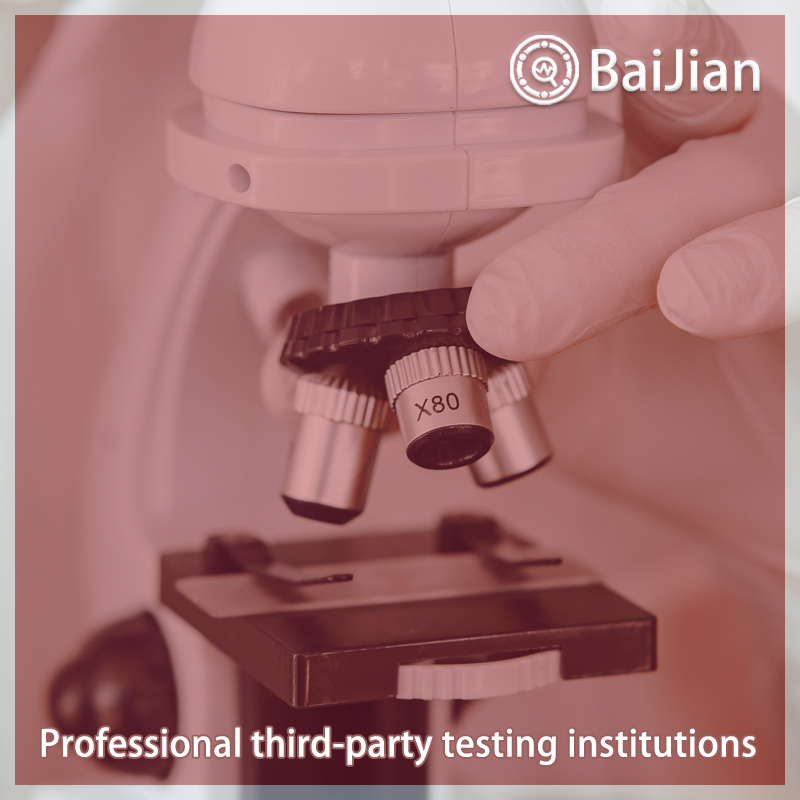
This standard specifies the basic parameters, requirements, test methods, and inspection rules of automatic balance recorders and indicators (hereinafter referred to as instruments) for industrial process measurement and control systems. This standard applies to electronic automatic potentiometers, balanced bridge recorders, and indicators (hereinafter referred to as potentiometers and bridges, respectively) for simulating electrical signals in industrial process measurement and control systems. The rated external resistance value on the input side of the potentiometer shall not exceed 10 000 Q; The rated external resistance value on the input side of the bridge shall not exceed 1500 2. This standard only applies to instruments used under general working conditions, and the additional technical requirements for instruments used under special working conditions are not within the scope of this standard. This standard also does not include additional requirements for instruments with additional devices. 2 Normative References: The clauses in the following documents become clauses of this standard through reference in this standard. For dated reference documents, all subsequent amendments (excluding corrected content) or revisions are not applicable to this standard. However, parties to agreements based on this standard are encouraged to study whether the latest versions of these documents can be used. For undated references, the latest version applies to this standard. GB/T 3386.1-2007 Electric and Pneumatic Analog Drawing Recorders for Industrial Process Control Systems, Part 1: Performance Evaluation Methods (IEC 60873-1; 2003, IDT) GB/T 18271.2 Process Measurement and Control Devices, General Performance Evaluation Methods and Procedures, Part 2: Tests under Reference Conditions (GB/T 18271.2-2000.idt IEC 61298-2:1995) GB/T 18271.3 Process Measurement and Control Devices, General Performance Evaluation Methods and Procedures, Part 3; Test for the Influence of Influence Quantity (GB/T 18271.3-2000.idt IEC61298-3:1998) GB/T 22112-2008 Arrangement and Marking of Terminal Blocks for Industrial Automation Instruments GB/T 22162-2008 Dimensions of Panel and Opening for Industrial Process Measurement and Control Instruments (IEC 60668:1980, IDT) JB/T 9266-1999 Temperature Measurement Range for Display Instruments JB/T 9329-1999 Transportation of Instruments, Basic environmental conditions and test methods for transportation and storage 3 Basic parameters 3.1 Environmental conditions The instrument should be able to operate normally under environmental temperatures ranging from 0 ℃ to 50 ℃ and relative humidity ranging from 10% to 90%. The ambient temperature range for small instruments (with a scale length not exceeding 140 mm) can be from 0 ℃ to 40 ℃. 3.2 Power supply instruments should be powered by an AC power supply with a nominal voltage of 220 V and a nominal frequency of 50 Hz. 3.3 Overall dimensions The overall dimensions of the instrument should comply with relevant standards such as GB/T 22162-2008. 3.4 Measurement range: The temperature measurement range of instruments matched with thermocouples and thermal resistors should comply with the provisions of JB/T 9266-1999. The measuring range of instruments that are matched with other instruments for measurement shall be specified by the manufacturer or determined through consultation with the user
Function of testing report:
1. Project bidding: Issue authoritative third-party CMA/CNAS qualification report
2. Online e-commerce platform entry: Quality inspection report recognized by major e-commerce platforms 3. Used as a sales report: issuing legally effective testing reports to make consumers more confident 4. Papers and research: Provide professional personalized testing needs 5. Judicial services: providing scientific, fair, and accurate testing data 6. Industrial problem diagnosis: Verify the troubleshooting and correction of industrial production problemsBaijian and testing process:
1. Telephone communication and confirmation of requirements
2. Recommend solutions and confirm quotations 3. Mail samples and arrange testing 4. Progress tracking and result feedback 5. Provide reports and after-sales service 6. If urgent or priority processing is requiredTesting and testing characteristics:
1. The testing industry is fully covered, meeting different testing needs
2. Fully cover the laboratory and allocate localized testing nearby3. Engineers provide one-on-one services to make testing more accurate
4. Free initial testing, with no testing fees charged
5. Self service order delivery for free on-site sampling
6. Short cycle, low cost, and attentive service 7. Possess authoritative qualifications such as CMA, CNAS, CAL, etc 8. The testing report is authoritative and effective, and is generally used in China